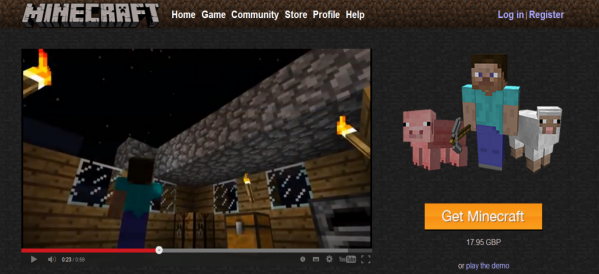
Facing Up to the Software-Defined Operator
We see five major trends leading towards the overall picture of the ‘software defined operator’ – an operator whose boundaries and structure can be set and controlled through software. This presents threats as well as opportunities for industry players selling and wanting to sell to telcos.

